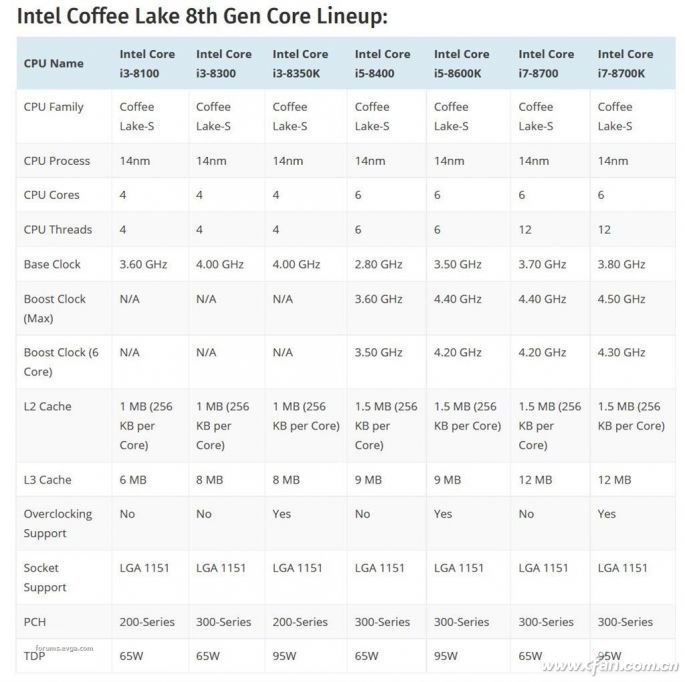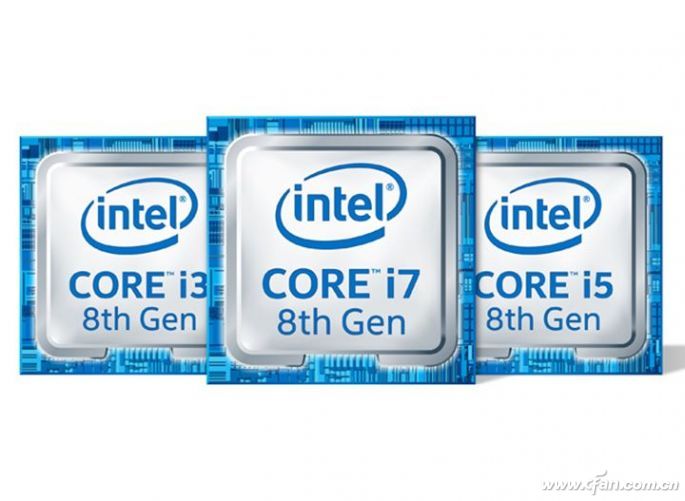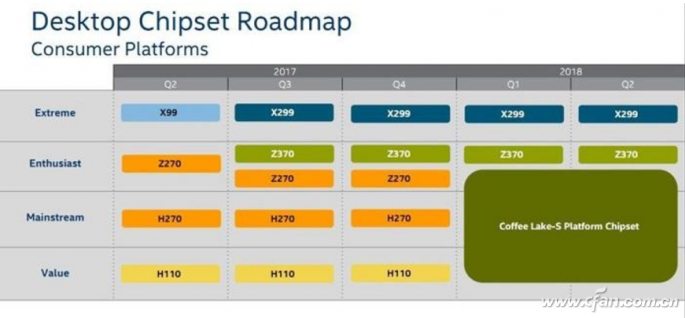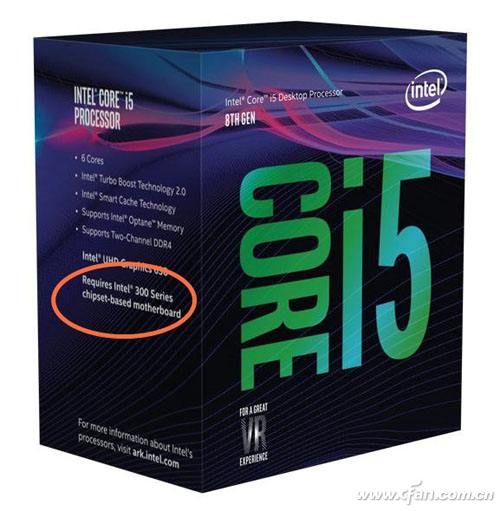There was a time when the term "i3 milliseconds" sparked discussions among gamers, with some even joking, "Jinjin: I'm happy?" But now, with the strong rise of competitors, Intel quickly rolled out its 8th generation Core Duo. The number of cores across the board has nearly doubled, and performance improvements have been significant, giving rise to the phrase "i3 can be silent and second." Don’t worry—let’s dive into where the real changes are!

What Makes "Coffee Lake" Strong?
Coffee Lake is just a literal translation of the name. The 8th generation of Intel Core processors is called "Coffee Lake." This time, whether it's i3, i5, or i7, the most notable feature of the 8th generation is the increase in core count. The i3 now has 4 cores and 4 threads, the i5 has 6 cores and 6 threads, and the i7 features 6 cores and 12 threads.

This change brings a massive performance leap. Current test results show that in multi-core applications, the new generation of Core processors has made great strides, and single-core performance has also improved due to higher clock speeds. Obviously, with more cores, even without other changes, performance gains are inevitable. Of course, we mustn't forget that this increase in cores comes with Intel's advanced 14nm process technology (third-generation 14nm), which plays a key role in achieving this.

What Is the Cost?
The significant performance boost doesn't come for free. Rumors suggest that the price of the new generation Core processors will be higher than current models. More importantly, they won't support the 200-series and 100-series motherboards!
Although they all use the LGA 1151 socket, the pin definitions differ, making them incompatible. This means you'll need a new motherboard in addition to the CPU. And new motherboards aren't exactly cheap.

Xiao Bian predicts the prices—don’t blame me if I’m wrong. Here's an estimate:
8th Gen Core i3 + 300 series motherboard = 1800–2300 yuan
8th Gen Core i5 + 300 series motherboard = 2700–3200 yuan
8th Gen Core i7 + 300 series motherboard = 3500–4500 yuan
And don’t forget about rising memory prices… sigh…
How to Choose Between i3, i5, and i7?
If you look at the price alone, it's definitely more expensive. But from another angle, it might not be so bad. For the 8th Gen Core CPUs, think of i3 as the previous generation's i5, and i5 as the previous generation's i7. The i7 naturally remains the strongest. Xiao Bian wants to emphasize that the biggest improvement here is in multi-core performance—single-core performance hasn't seen such a big jump.
So, budget-conscious users may want to wait and see what the 8th-gen Pentium looks like. Gamers looking for a cost-effective option could consider a 100-series motherboard with a 7th-gen i5 or i3 7350K (which has excellent single-core performance). For everyday use, the 8th-gen i3 with a 300-series motherboard would be a solid choice. For serious performance enthusiasts, the 7th-gen is no longer recommended—go for the 8th-gen i7 instead.

In the end, Xiao Bian wants to highlight one very interesting CPU—the i3-7360X, newly released. It's based on the 7th-gen Core architecture and requires an X299 motherboard. It's an overclocking enthusiast processor, featuring dual-core, four-threaded, a base clock of 4.3GHz, 4MB of L3 cache, non-K version, dual-channel memory support, a TDP of 112W, and uses the LGA2066 interface. Its frequency is only 100MHz higher than the i3-7350K. To be honest, I'm not sure why this product exists. Intel's reasoning is still a mystery to me.

Three Phase Vfd,Ac Single Phase Gasoline Generator,220V Vfd,Ac Inverter
WuXi Spread Electrical Co.,LTD , https://www.vfdspread.com